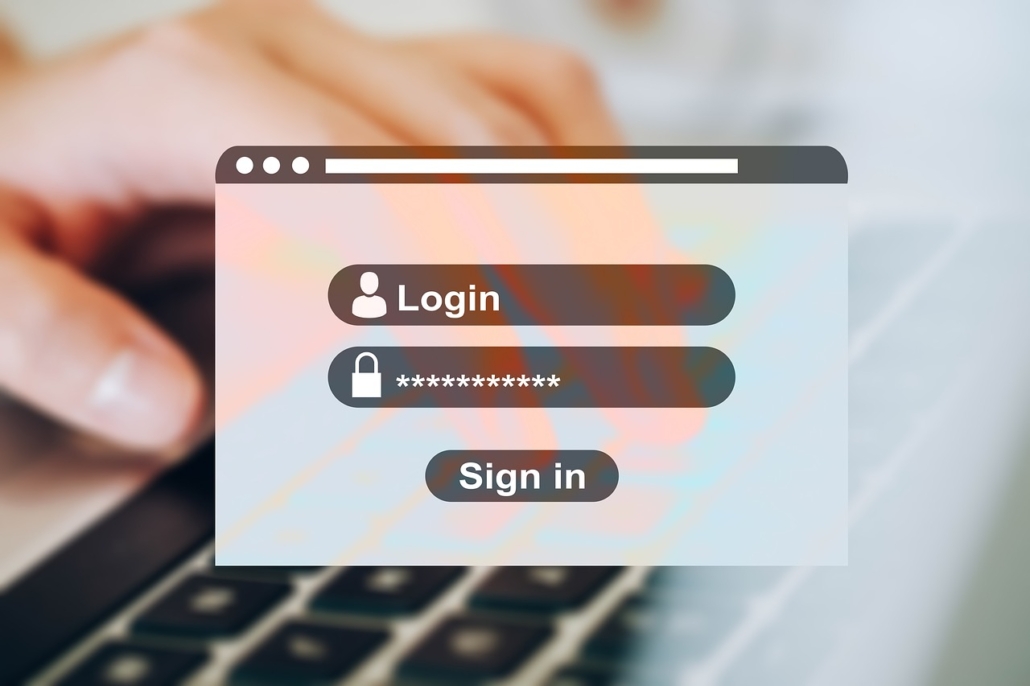The Ultimate Guide to Passwords, Password Managers, Two Factor and Passkeys
In the age of digital interconnectedness, passwords have become the first line of defense against cyber threats. Unfortunately, many individuals still rely on weak, easily guessable passwords that leave their online accounts vulnerable to attacks. This article delves into the most commonly used and easily crackable passwords, and provides essential tips for creating and managing strong, secure passwords.

See ProtectNow’s Cyber Security Awareness Check to determine if your personal or organizational security been breached. Get an instant answer. Check if your email has been breached or check if your password/s have been breached.
Commonly Used Weak Passwords
Cybersecurity experts have identified several password patterns that are frequently exploited by hackers:
- Personal Information: Using personal information like names, birthdays, or pet names as passwords is a significant security risk. Hackers can easily obtain this information through social media or data breaches.
- Simple Sequences: Passwords composed of simple sequences like “123456,” “password,” or “qwerty” are incredibly easy to crack.
- Repetitive Patterns: Using the same password for multiple accounts is a common mistake. If one account is compromised, hackers can gain access to all linked accounts.
- Predictable Variations: Modifying a weak password slightly, such as adding a number or symbol, doesn’t significantly improve security. Hackers can use automated tools to quickly crack these variations.
How Hackers Crack Passwords
Hackers employ various techniques to crack passwords, including:
- Brute-Force Attacks: This method involves systematically trying every possible combination of characters until the correct password is found.
- Dictionary Attacks: Hackers use lists of common words and phrases to guess passwords.
- Credential Stuffing: Hackers reuse stolen credentials from one data breach to attempt to log into other accounts.
Creating Strong, Secure Passwords
To protect your online accounts, it’s crucial to create strong, unique passwords for each account. Here are some tips:
- Password Length: Aim for passwords that are at least 12 characters long. Longer passwords are significantly harder to crack.
- Password Complexity: Incorporate a mix of uppercase and lowercase letters, numbers, and symbols. Avoid using easily guessable patterns.
- Password Uniqueness: Use a different password for each online account. This limits the damage if one account is compromised.
- Password Manager: Consider using a password manager to securely store and generate complex passwords.
- Two-Factor Authentication (2FA): Enable 2FA whenever possible. This adds an extra layer of security by requiring a second form of verification, such as a code sent to your phone.
Password Management Best Practices
To effectively manage your passwords, follow these best practices:
- Avoid Sharing Passwords: Never share your passwords with anyone, even trusted friends or family members.
- Regularly Update Passwords: Change your passwords periodically to stay ahead of potential threats.
- Be Wary of Phishing Attacks: Be cautious of suspicious emails or messages that ask for your personal information or password.
- Use Secure Wi-Fi Networks: Avoid using public Wi-Fi networks for sensitive online activities, as they can be vulnerable to hacking.
- Stay Informed: Keep up-to-date with the latest cybersecurity news and best practices.
By following these guidelines, you can significantly reduce the risk of your online accounts being compromised. Remember, strong passwords are essential, but they are only one part of a comprehensive cybersecurity strategy.
What is a Passkey?
A passkey is a type of digital key that allows you to sign in to websites and apps without using traditional passwords. It’s a more secure and convenient way to authenticate yourself online.
How it works:
- Creation: You create a passkey on your device, typically using your fingerprint, face recognition, or PIN.
- Storage: The passkey is stored securely on your device.
- Authentication: When you want to sign in to a website or app, you use your device’s built-in authentication method (e.g., fingerprint, face recognition) to verify your identity.
Benefits of using passkeys:
- Enhanced security: Passkeys are much more secure than traditional passwords, as they are unique to your device and cannot be easily phished or hacked.
- Improved convenience: You can sign in to your accounts with a simple gesture, eliminating the need to remember complex passwords.
- Stronger protection against phishing attacks: Passkeys are tied to your device, making it difficult for attackers to trick you into entering your credentials on fake websites.
Where can you use passkeys?
Many tech companies and websites are starting to support passkeys, including Google, Microsoft, and Apple. You can use passkeys to sign in to your Google Account, Microsoft account, and other supported services.
By adopting passkeys, you can significantly improve your online security and simplify your digital life.
What is a Password Manager?
A password manager is a digital tool designed to store and manage your passwords securely. It generates strong, unique passwords for each of your online accounts and encrypts them in a secure vault. This eliminates the need to remember complex passwords and reduces the risk of using weak, easily guessable ones.
Privacy and Security Issues with Password Managers
While password managers are designed to enhance security, there are potential privacy and security concerns to consider:
- Master Password Security:
- Data Breaches:
- Company Practices:
- Zero-Knowledge Encryption:
- Human Error:
How to Choose a Secure Password Manager:
When selecting a password manager, consider the following factors:
- Strong Encryption: Ensure the password manager uses robust encryption algorithms to protect your data.
- Zero-Knowledge Encryption: Opt for a password manager that offers zero-knowledge encryption for maximum security.
- Regular Security Audits: Choose a company that conducts regular security audits to identify and address vulnerabilities.
- User-Friendly Interface: A user-friendly interface can make password management easier and less prone to errors.
- Multi-Factor Authentication (MFA): Enable MFA to add an extra layer of security to your password manager account.
- Reliable Customer Support: Good customer support can be helpful if you encounter any issues or have questions.
By carefully selecting and using a reputable password manager, you can significantly enhance your online security and protect your sensitive information.
Robert Siciliano CSP, CSI, CITRMS is a security expert and private investigator with 30+ years experience, #1 Best Selling Amazon author of 5 books, and the architect of the CSI Protection certification; a Cyber Social Identity and Personal Protection security awareness training program. He is a frequent speaker and media commentator, and CEO of Safr.Me and Head Trainer at ProtectNowLLC.com.


























